#Postcommodity
Explore tagged Tumblr posts
Text
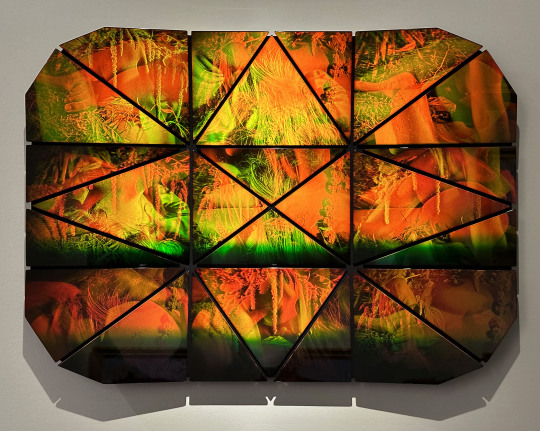
Sarah Meyohas, “Interference #19”, 2023, Holograms, mirrored black glass, aluminum
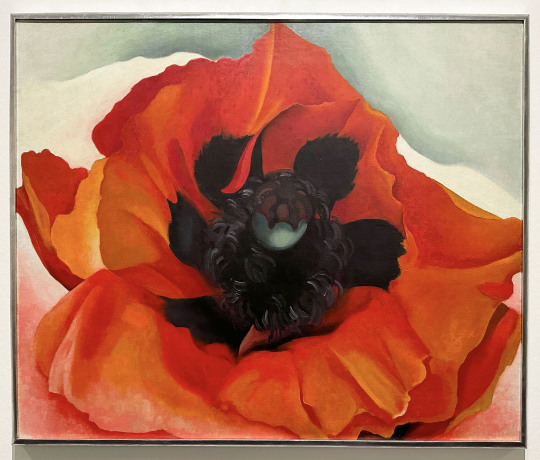
Georgia O’Keeffe, “Poppy”, 1927, Oil on canvas
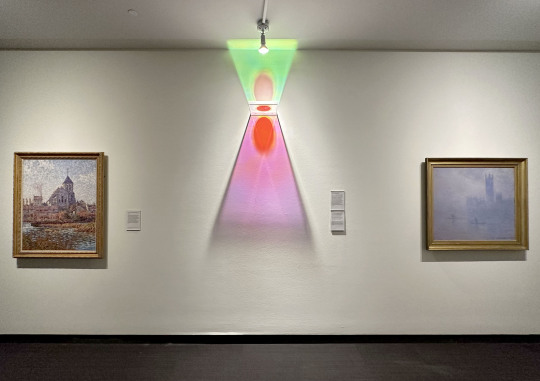

Francis Picabia “The Church of Montigny, Effect of Sunlight” 1908, Oil on canvas (left); Christian Sampson “Projection Painting”, 2023, Acrylic and films with LED light; and Claude Monet “The Houses of Parliament, Effect of Fog, London” 1904, Oil on canvas (right)
The Nature of Art exhibition at the Museum of Fine Arts St. Petersburg merges art from the museum’s collection with loaned works to explore- “art’s crucial role in our evolving quest to understand our relationship with nature and our place in the cosmos”.
One of the benefits of an encyclopedic museum is that visitors have the opportunity to experience art throughout history, and to revisit works that resonate with them. For the section titled Artist as Curator, Sarah Meyohas and Christian Sampson chose pieces from the museum’s collection to pair with their own work.
From the museum-
At first glance, perhaps, these may seem like unusual combinations, but upon deeper contemplation, their selections reveal complementary artistic intents. For instance, Meyohas and Georgia O’Keeffe share an interest in close looking, particularly in finding new ways to examine underappreciated aspects of the natural world. Sampson, influenced by the California Light and Space Movement, is interested in current scholarship that suggests the hazy fog found in Claude Monet’s work is an early depiction of air pollution, offering an entirely new perspective on the artist’s representations of light.
Sampson also created the four-part installation, Tempus volat, hora fugit, on view until 2025 at the museum.
Below are some of the works from additional sections of the exhibition.
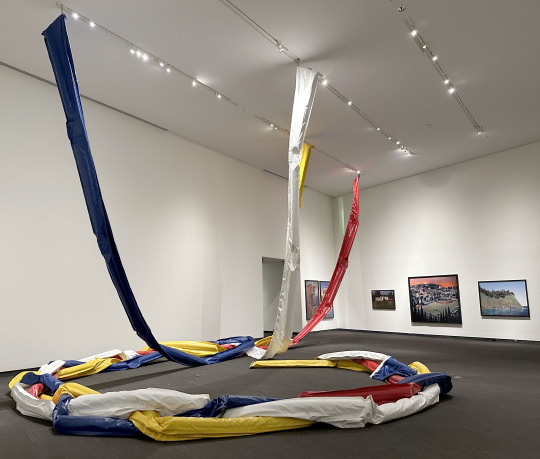

Postcommodity, “kinaypikowiyâs”, 2021, Four 30.5-metre industrial debris booms
Postcommodity is an interdisciplinary art collective comprised of Cristóbal Martínez (Genizaro, Manito, Xicano), and Kade L. Twist (Cherokee).
About Postcommodity’s work, kinaypikowiyâs, (seen above) from the museum-
This work is composed of debris booms, used to catch and hold environmental contaminants such as garbage, oil, and chemicals. The colors of the booms correspond to different types of threats— red (flammable), yellow (radioactive), blue (dangerous), and white (poisonous)-in the labeling system for hazardous materials. To indigenous peoples, these are shared medicine colors that carry knowledge, purpose and meaning throughout the Western Hemisphere. Suspended like hung meat, the booms represent a snake that has been chopped into four parts. Each part represents an area of the colonial map of the Western Hemisphere: South America, Central America, North America, and all of the surrounding islands. The title, kinaypikowiyâs, is a Plains Cree word, meaning snake meat. Divided by borders, Postcommodity asserts that all people living in the Americas are riding on the back of this snake.


James Casebere, “Landscape with Houses (Dutchess County, NY), 2009, Archival pigment print mounted to Dibond
James Casebere creates architecturally based models for the large scale photographs seen above.
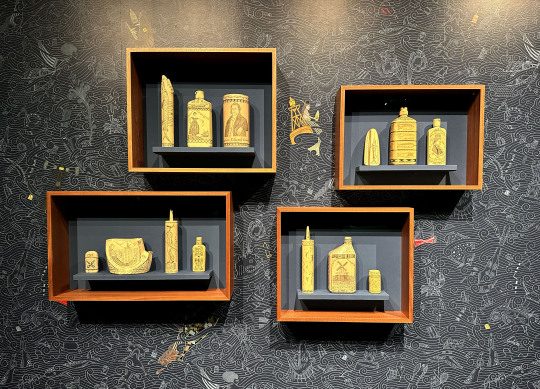
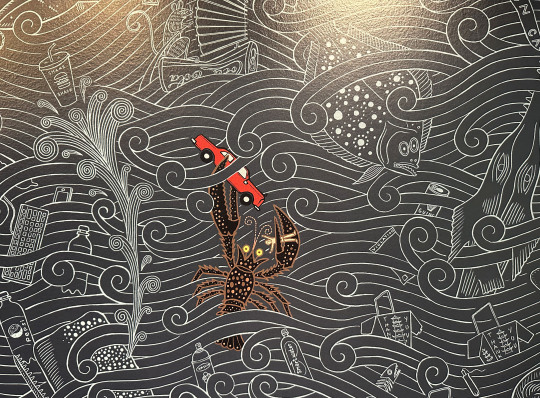
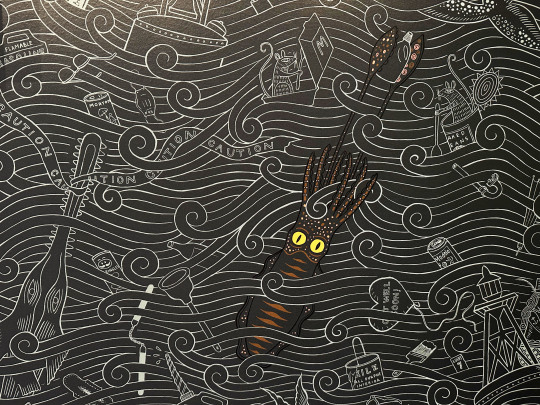
Duke Riley's Reclaimed ocean plastic sculptures and “Tidal Fool” wallpaper
Duke Riley’s work, which was previously shown at Brooklyn Museum, addresses issues of environmental pollution by using discarded plastics found in the ocean and other waterways to create new work inspired by the past. You can hear him discuss his work in this video.
From the museum-
Inspired by the maritime museum displays he saw while a child growing up in New England, Riley’s scrimshaw series is a cutting observation of capitalist economies-historic and today-that endanger sea life. The sculptures were created for the fictional Poly S. Tyrene Memorial Maritime Museum, and are contemporary versions of sailors’ scrimshaw, or delicately ink-etched whale teeth and bone. Riley first thought about using plastic as an ode to scrimshaw when he saw what he thought was a whale bone washed up on the beach in Rhode Island; it turned out to be the white handle of a deck brush. Riley regularly removes trash from beaches and waterways, and often uses this refuse in his work.
Riley collaborated with Brooklyn-based Flavor Paper to create these two custom wallpapers for his solo exhibition DEATH TO THE LIVING, Long Live Trash at the Brooklyn Museum. Tidal Fool exhibits Riley’s trademark humor in the face of devastating water pollution; notice the Colt 45-guzzling mermaid. Wall Bait vibrantly references Riley’s meticulous fishing lures, which he crafts from refuse found in the waters around New York City.


Daniel Lind-Ramos,"Centinelas de la luna nueva (Sentinels of the New Moon)", 2022-2023, Mixed media
From the museum about this work-
In Centinelas de la luna nueva, he evokes the elders of the mangroves, spiritual beings who watch over and ensure the health of this essential coastal tree. Mangroves are the basis for a complex ecosystem that shelters sea life and serves as the first line of defense in the tropical storms that batter the sub-tropics -including Florida.
Lind-Ramos's practice reflects the vibrant culture of his native Loíza, Puerto Rico, by honoring local agriculture, fishing, cooking, and masquerade. His sculptures also evoke Hurricane Maria (2017), the COVID-19 pandemic, and ongoing environmental degradation. Lind-Ramos is committed to the survival and sustenance of Afro-Taíno traditions and people of the Puerto Rican archipelago. However, his art engages the global community through shared emotions, parallel histories, and the commonality of human experience.
The next post will discuss two other artists in the exhibition, Brookhart Jonquil and Janaina Tschäpe.
#Art#Museum of Fine Arts St. Petersburg#The Nature of Art#St. Pete Art Shows#Art Shows#Sarah Meyohas#James Casebere#Christian Sampson#Kade L. Twist#Christóbal Martínez#Postcommodity#Claude Monet#Daniel Lind-Ramos#Duke Riley#Georgia O'Keeffe#Environmental Art#Flavor Paper#Florida Art Show#Florida Art Shows#Francis Picabia#Holograms#Brooklyn Museum#Light and Space#Mixed Media Art#Models#Painting#Photography#Plastic#Recycled Art#Janaina Tschäpe
34 notes
·
View notes
Text
0 notes
Link
I have heard about PostCommodity before, and have seen videos of his art. I remember hearing about his pieces during Art Seminar and making connections about art in nature, and installations that are presented outside representing different topics. PostCommodity as well as others made me really think about how art can be presented in so many different ways, from indoor spaces to outdoor spaces to a blend of the two. I love the personal feelings that Postcommodity relates to the viewers, and how the land has its personal art history and is utilized for its own sake instead of for representation of a different topic.
May 9, 2021
1 note
·
View note
Text
PostCommodity
As I looked through the PostCommodity website to see more work in depth, one artwork that I could not get out of my mind was The Point of Final Collapse, a sound installation created in 2019. I am fascinated by how the movement of the Millennium Tower was used to create ASMR audio that can make people feel relaxed. I have not heard much of sound art in a long time - the last time I heard much about it was in high school when I met with a London based sound artist and brought her into school to speak to my club about her profession. Since then I have not come across much sound art - I definitely think it is an underrated medium. What blows my mind is how sound can mask something that is scary and overwhelming, and can make an experience the complete opposite - calming and welcoming. It makes me think about things like social media and industries in general, as I assume many bad things are masked by things that comfort us. In a way that is scary to think about, because there must be so much of life that is masked by the media that I may never see unmasked.
1 note
·
View note
Photo
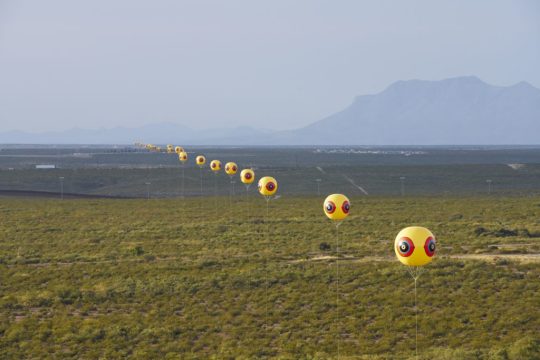
Repellent Fence, (2015)
Postcommodity
2 notes
·
View notes
Photo
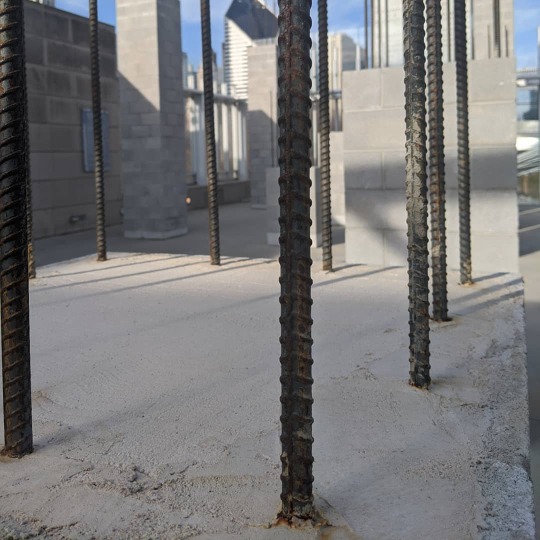
"With Each Incentive" 🎨#Postcommodity, 2019 (Concrete block, rebar, and grout) • • • A sculptural installation of cinder blocks & steel bars in various state of completion... a familiar cityscape of economical architecture in Latin America, with a backdrop of Chicago. Confronting the reality, alternate reality & future of a transformative state: the ongoing war on Indigenous peoples, refugees from Central & South America & borderlands with Mexico. The projects builds a vision for "kinship-centric architecture" that manifests the act of making spaces with intentional stewardship for family, culture & community. 🌾📐 https://www.instagram.com/p/B6vfw-2lH0Q/?igshid=19v0yk54rb44c
1 note
·
View note
Text
Response to the Questions Written
Describe Gabriel Orozco and Andy Goldsworthy’s process of making work?
Gabriel Orozco lacks a studio, finding that many studios have the inability to connect to reality all the time. He works outdoors, being intimate with everything associated with reality. His work is experimental and opportunistic, having lots of different ways to invent and create. Goldsworthy works similarly, with his work also primarily taking place outside- sometimes on others’ property. He has little plan of what is going to come of his art, with everything being dependent on the natural world around him. The world is the supplier of direct inspiration for him.
-How do they use the materials they find?
Orozco creates small, hidden installations with the objects he finds. The materials are often manmade, and therefore have a strictly human atmosphere when put into one of his pieces. Goldsworthy’s materials are completely from nature and nature alone; he uses these materials in order to create art through the breath of Gaia. He creates structures with Earth’s materials that could, in another world, pass as a naturally magical act completed without the assistance of people. Something about his art feels like whispers from nymphs.
How was land art, environmental art, or site specific art trying to break away from modernist forms of sculpture?
Land art, environmental art, and site specific art are breaking from modernist forms of sculpture in terms of space and eternity. It differs in terms of space due to not being kept in a small, white-walled museum room; the land art isn’t likely to have a plaque describing the artist’s intentions nor method of creation. It’s not often pristinely clean, either. In forms of eternity, it isn’t as such. Art that is kept in museums is, ideally, meant to last for longer than it would in the natural world. The pieces are free from exposure to the elements, from other people. Environmental art is just the opposite. With the art more often than not being a part of the land, it will eventually become the land again; the pieces are not meant to last forever. Life is fleeting, and the pieces should be as well.
What are some of the different ways that artists engage with different sites that you found interesting?
I’m always partial to Goldsworthy’s use of the natural land to create magic within nature, but I liked the Repellent Fence from the “Borderlands” video. The piece not only interacts with the nature and man-made aspects of the land, but it speaks to so many people in North America. The connecting of both Mexico and the United States via the use of balloons as an adjacent “fence” is mind-blowing.
How do indigenous artists like Post-Commodity and Cannupa Hanska Luger relate to the land in ways that are different from other artists?
Indigenous artists will always have their past to back up their use of the land. It was once theirs, wrongfully stripped from them by people who did not, and to a degree- still do not, respect their history, their language, their culture. The meaning, and more often than not, the method of production, will always be far different than a settler in North America.
#written response#questions#postcommodity#andy goldsworthy#gabriel orozco#land art#site specific art#response
0 notes
Text
Socially Engaged Practice
Reading the passage “Definitions” by Pablo Helguera, it gave me a new insight about the definitive element of socially engaged art. I learnt from the passage how it is important to identify the difference between a project by an established health campaign that has an intention to be engaged in a political issue and a project in which the audience establish a health campaign.
I’ve seen a lot of installation that is related to the social or political practice. For instance, Postcommodity, North American Artist collective that I’ve presented for 20x20 presentation, focuses on the awareness of Indigenous community. Repellent Fence is a land installation with balloons that reach across the US/Mexico boarder to share the recognition of indigenous lands, indigenous people and its history. This is considered as a symbolic act because they have begun this project as to socially engage with the audience. As I mentioned above about the differences between the project with intention and the art that is interpreted as the socially engaged practice by the viewer, this project did already contain a symbolic movement.
0 notes
Photo

Recently published on Sightlines: 10 Artists on Rescinding DACA
As Donald Trump and congressional Democrats reportedly work to reach an agreement to save DACA, a program for undocumented immigrants that the president has said he aims to end, we invited an array of artists with close ties to the border—including Natalia Almada, Ken Gonzales-Day, Patrick Martinez, Helado Negro, and Postcommodity—to share responses to the DACA decision and the issues at the heart of our national discourse around immigration. Above: Patrick Martinez, then they came for me, 2016. Courtesy the artist and Charlie James Gallery, Los Angeles Photo: Michael Underwood
#Sightlines#Walker Art Center#Jorge Almada#Natalia Almada#Felipe Baeza#Helado Negro#Roberto Carlos Lange#Ken Gonzales-Day#Jonathan Herrera#Patrick Martinez#Postcommodity#Star Montana#Pedro Reyes
51 notes
·
View notes
Photo
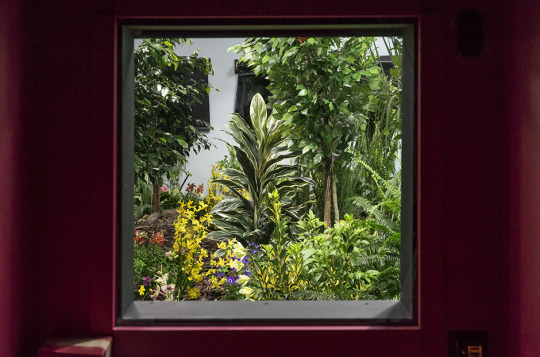
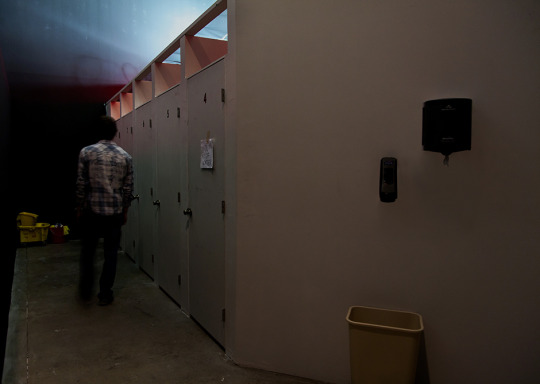
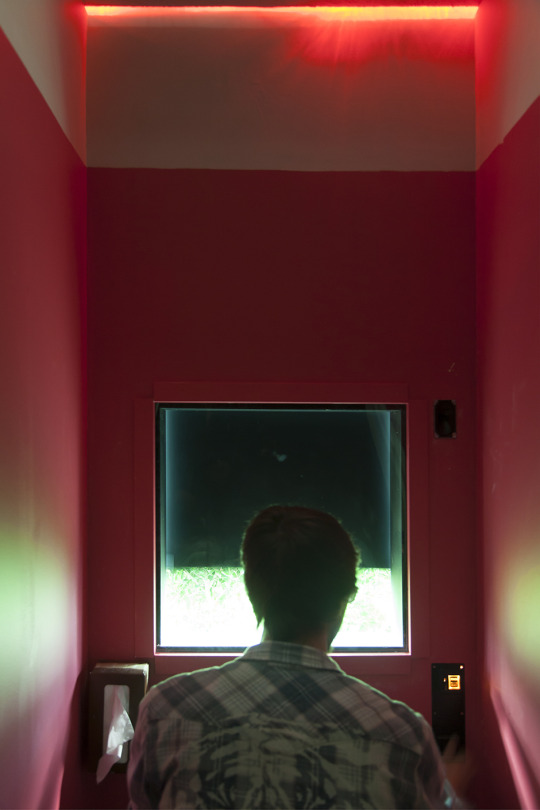
Pollination - 2015 by Postcommodity
http://postcommodity.com/Pollination.html
0 notes
Photo
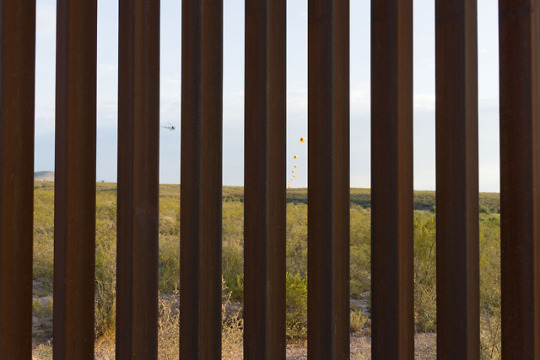
Now, how the fuck does an indigenous people who descended from a magnificent history become labeled “illegal” and “alien” while remaining a part of their own sacred ancestral continent? And how in the hell did it become a reality that indigenous peoples of our western hemisphere would suffer the indignity of being called illegals and aliens for moving along the ancient migration and trade routes—as their ancestors have done since time immemorial? (via Postcommodity Artist Op-Ed—2043: No Es Un Sueño)
0 notes
Photo
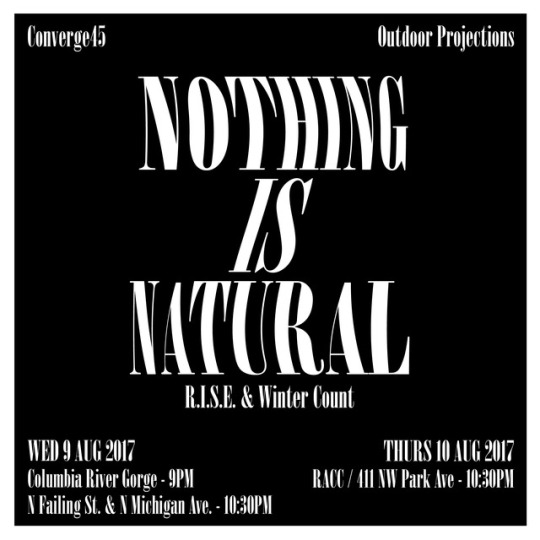
PORTLAND 🌕 Beginning tonite, join @heterogeneoushomosexual & @awapuhilah for a series of outdoor projections in the Indigenous lands of the Chinook. Bringing the messages to the people. We are honored to be projecting over @jessehazelip 's MNI WICONI 🐍🗡 #BLACKSNAKEKILLA mural at @ffttnw - we will also be projecting on the side of @raccpdx after sundown ✨. Shoot me a DM for more info. b tru -n- cum thru 🕸.
Nothing is Natural is a performative art exhibition initiated by R.I.S.E.—Radical Indigenous Survivance & Empowerment—in collaboration with interdisciplinary art collectives Winter Count and Postcommodity. The exhibition’s call-and-response nature underscores the significance of convergence, amplifying the artists’ responses to: social and environmental injustice; migration/movement/evolution; sanctuary; Indigenous Survivance; trust; and the resilience of culture despite forced relocation and resource extraction. The project unfolds throughout the restored Reed College Canyon and its natural water source Crystal Springs. Nothing is Natural is an on-going ceremonious act merging the inherent politics of Indigenous sovereignty, social capital, and the protection of land, water, air, and body.
This project was made possible through the generosity and support of Converge 45, Oregon Arts Commission, the Ford Family Foundation, and the Regional Arts & Culture Council's PORTLAND program. Ahéhéé // xo.
#NOTHING IS NATURAL#CONVERGE 45#CONVERGE45#RADICAL INDIGENOUS SURVIVANCE AND EMPOWERMENT#RADICAL#INDIGENOUS#SURVIVANCE#EMPOWERMENT#INTERNATIONAL INDIGENOUS PEOPLES DAY#WINTER COUNT#POSTCOMMODITY#PORTLAND OREGON#OUTDOOR PROJECTIONS#HETEROGENENOUSHOMOSEXUAL
8 notes
·
View notes
Photo
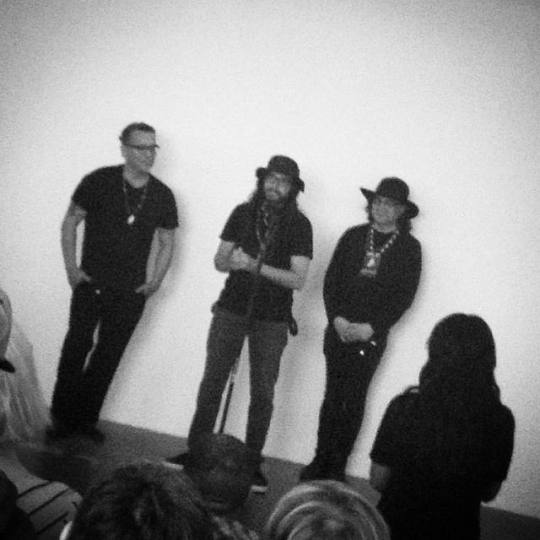
Boundary-Breaking artists:PostCommodity and @galin_dog at their recent interactive sonic performance piece "Sy/Stem" which along with a Tongva blessing inaugurated the new @18thstreetarts space at the Santa Monica Airport. It was an honor to participate in such a brilliant project \ @photographer_ithaka.d.pappas [][][]18thstreetarts #postcommodity #guillermogalindo #kadetwist #art # https://www.instagram.com/p/B1AgO4Mnfvp/?igshid=o5uwvzko5v2c
0 notes
Photo
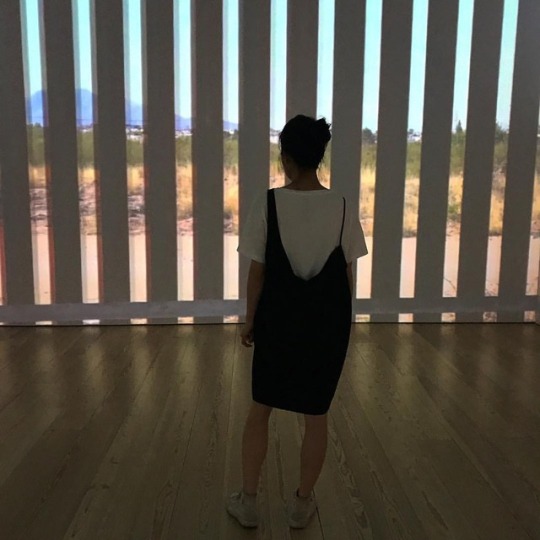
A Very Long Line, Postcommodity’s video installation on view in the 2017 Biennial, focuses on the border between the United States and Mexico, an emotionally and politically charged site that has become even more contentious through the 2016 election and the beginning of the current presidential administration. Filmed from the window of a car, the installation is designed to disorient, with spinning video projections and out-of-sync audio evoking “genesis amnesia,” or the condition of forgetting one’s own origins. In this case, what has been forgotten—primarily by citizens of the U.S.—is the Indigenous status of peoples from the Western Hemisphere, including immigrants from Mexico and Guatemala, and the Indigenous trade and migration routes that have crisscrossed what is now the border since before European colonization.
#Postcommodity#Whitney Biennial#2017 Biennial#Border#Mexico#Indigenous#Immigration#Politics#Art#American Art#Whitney Museum#Whitney Museum of American Art
73 notes
·
View notes

